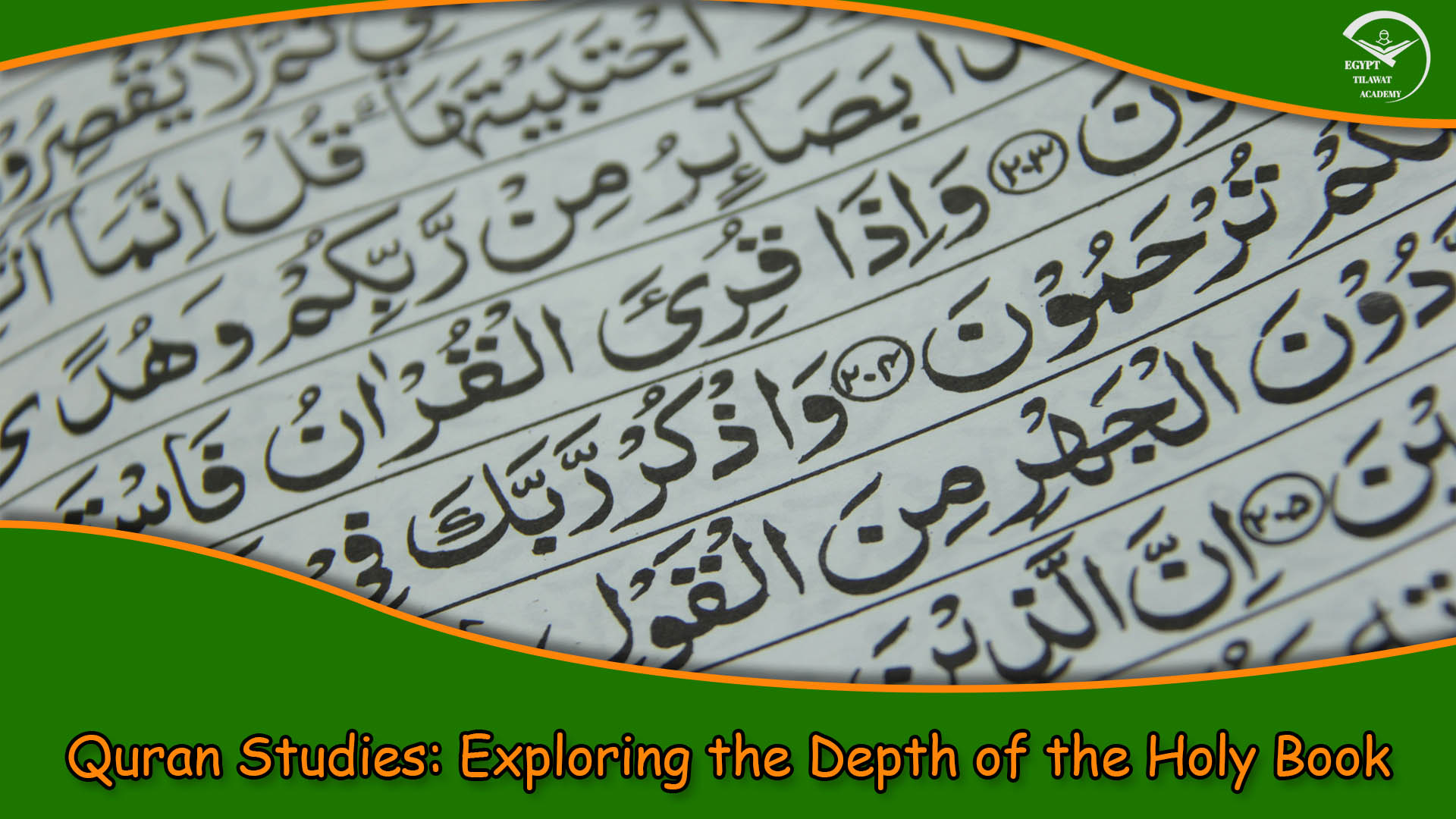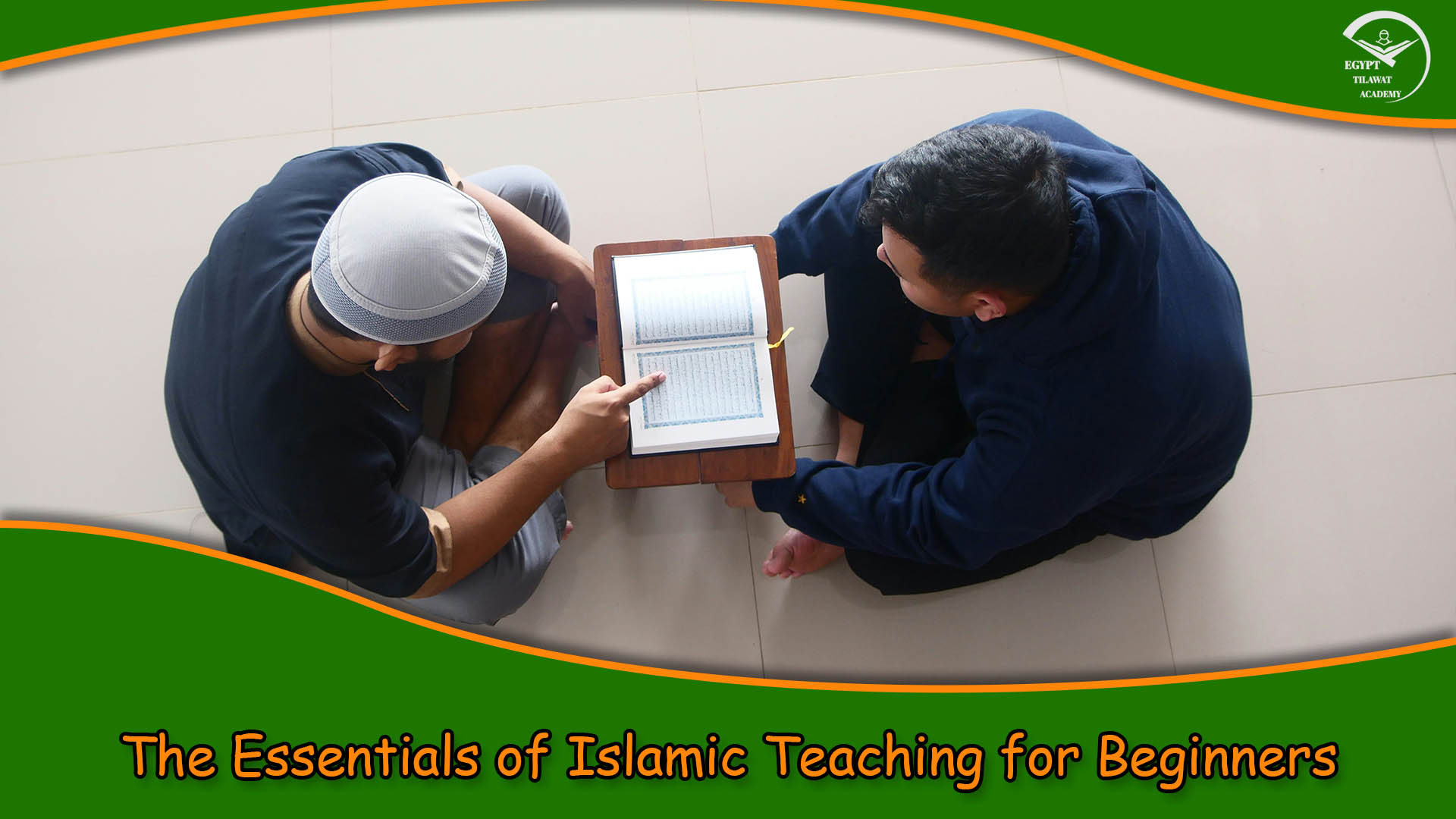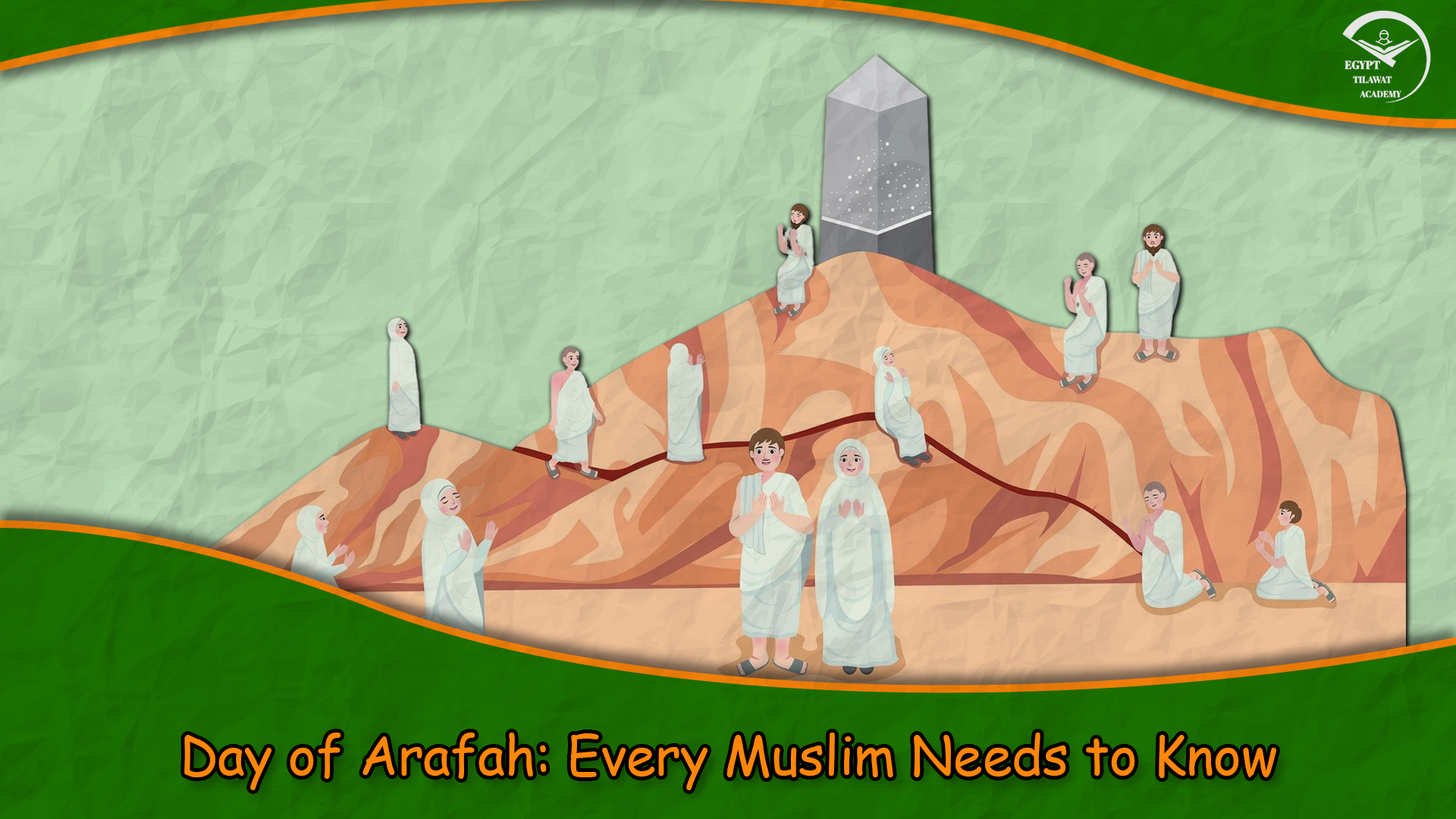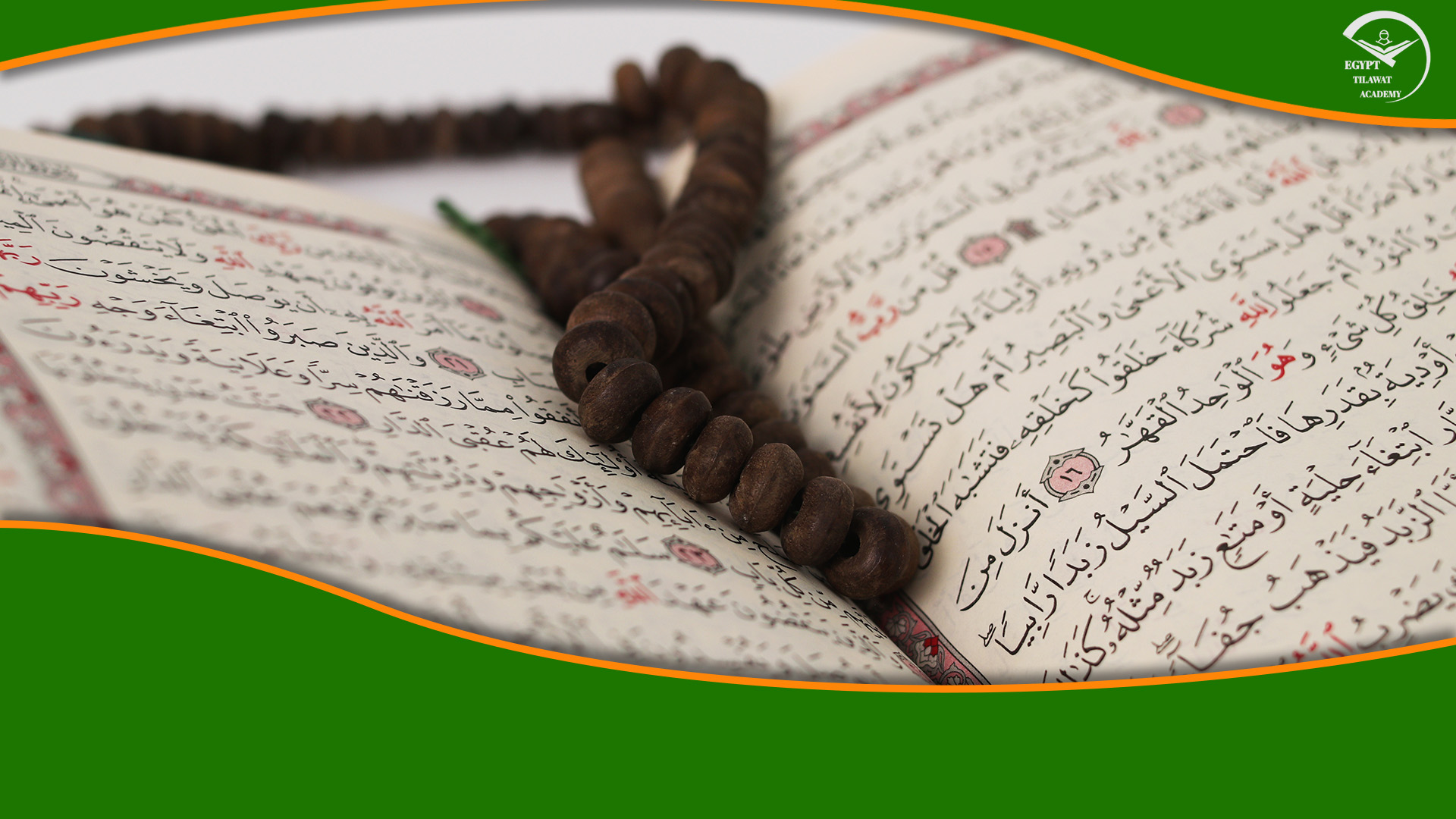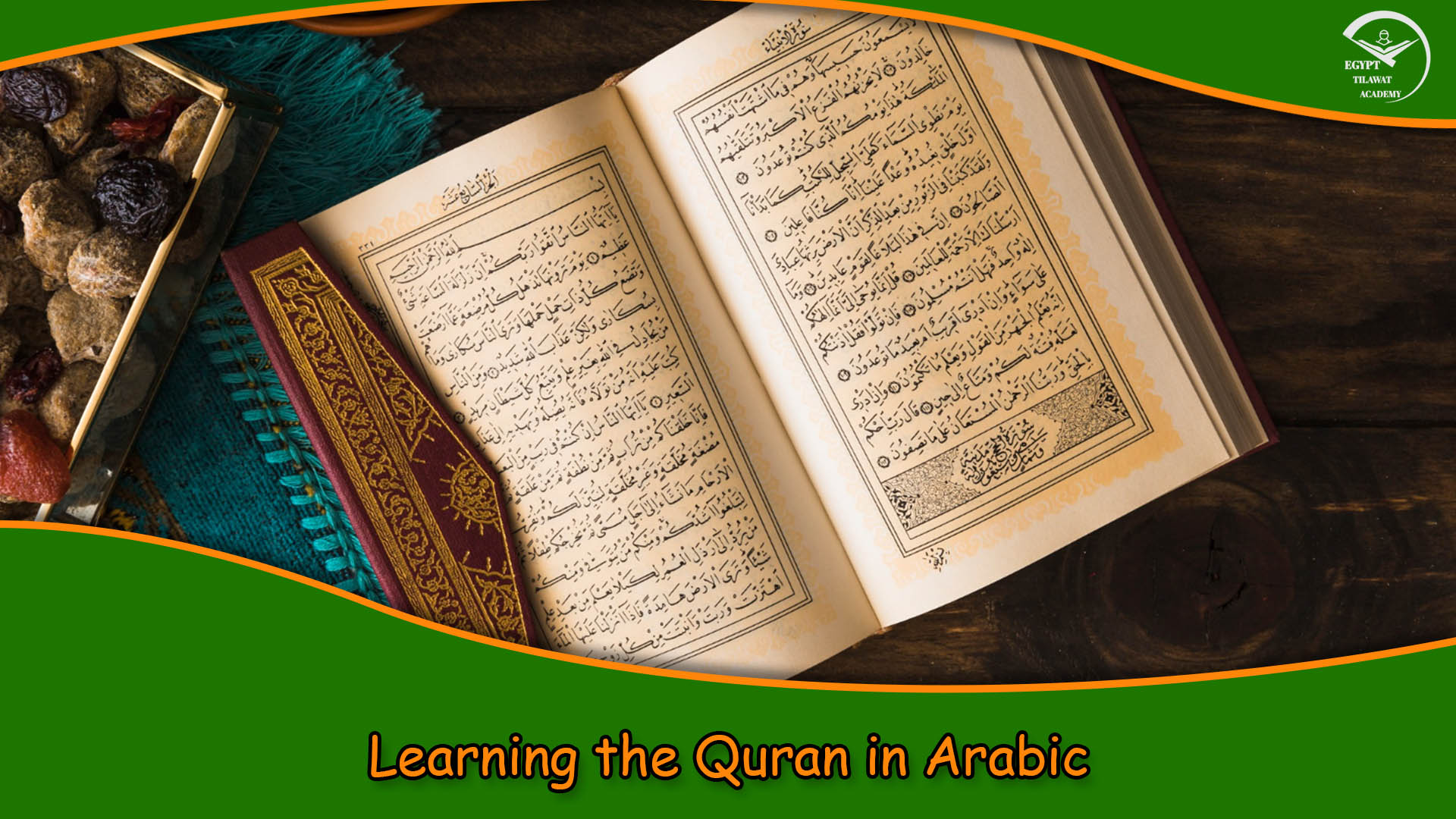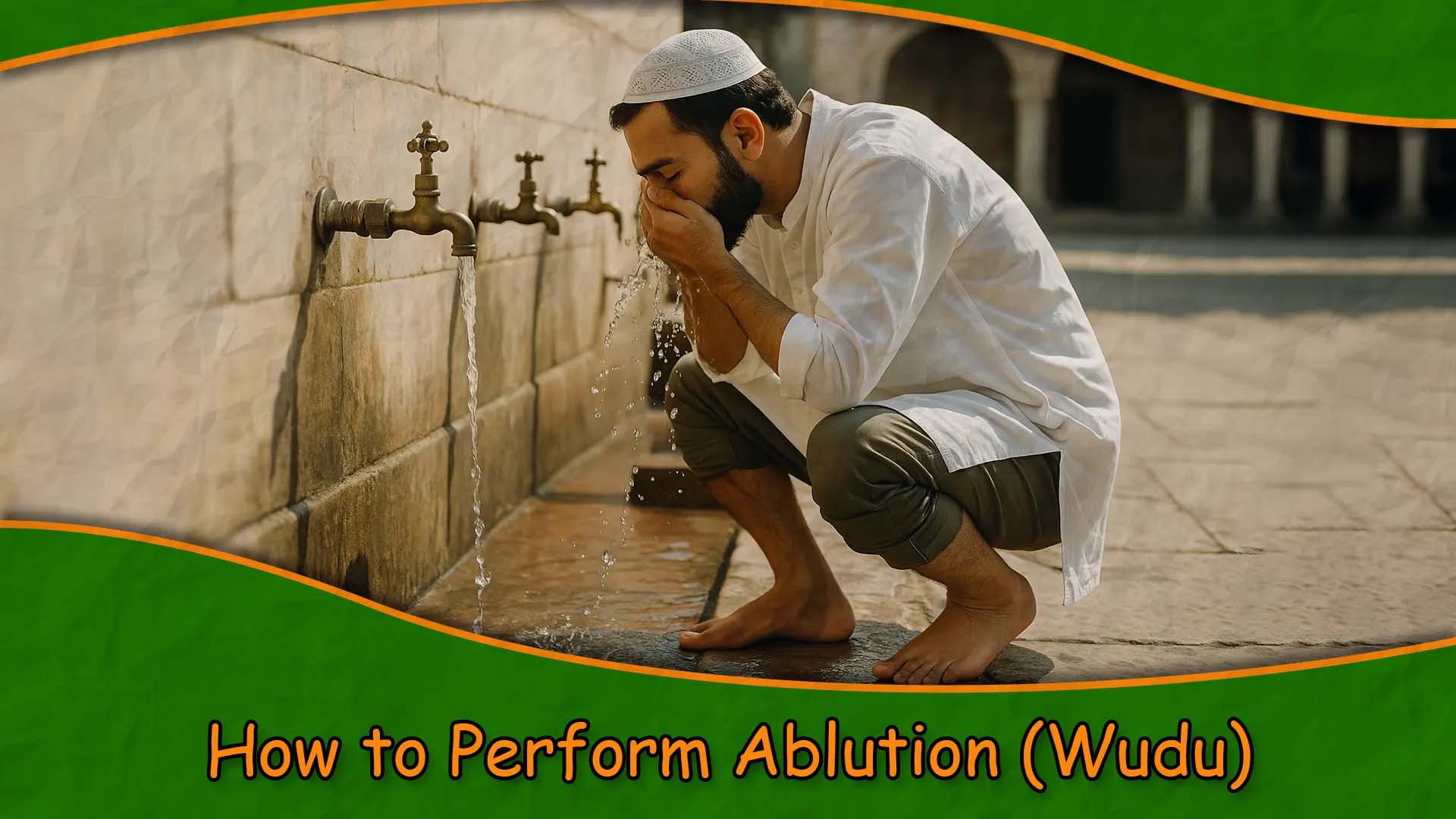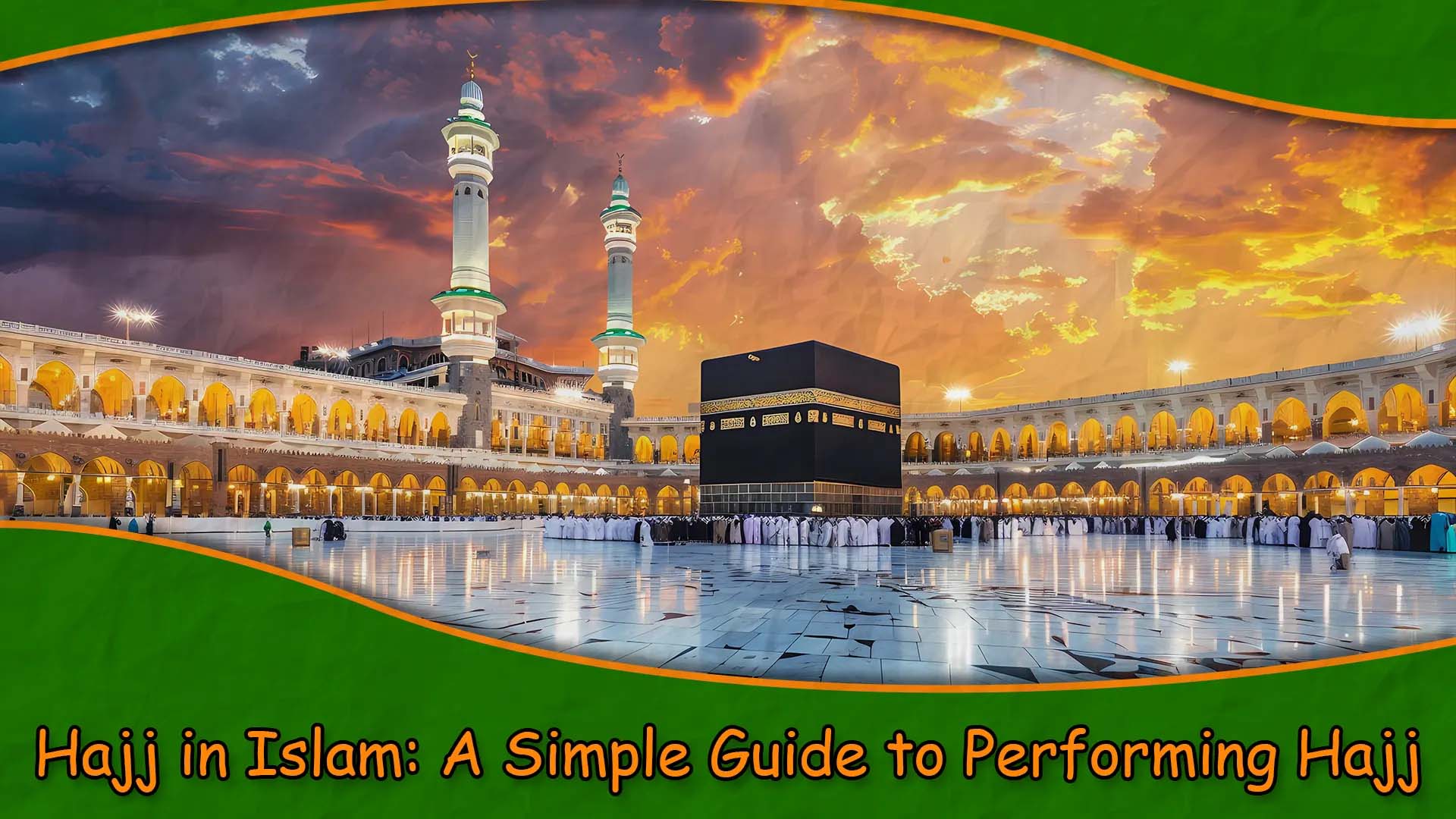
Hajj in Islam: A Simple Guide
Hajj is a pilgrimage made to the Kaaba, the House of Allah, in the sacred holy city of Mecca in Saudi Arabia, and it is one of the Five Pillars of Islam.
A pilgrimage takes place each year during the first ten days of the month of Dhu al-Hijjah, the 12th and final month of the Islamic lunar calendar.
Each year, millions of Muslims worldwide embark on a sacred pilgrimage to the holy city of Mecca in Saudi Arabia.
Hajj in Islam is a deeply spiritual and religious obligation, a journey that represents the unity of the Muslim community and the core of Islam's teachings.
In this article, discover a complete and simple guide to performing Hajj in Islam.
Learn about its importance, steps, rules, and spiritual benefits.
It is designed for all Muslims planning their sacred pilgrimage to the holy Mecca in Saudi Arabia.
What is Hajj in Islam?
Hajj in Islam is the fifth and final pillar of Islam, and once-in-a-lifetime duty for every adult Muslim who is physically and financially able to undertake it.
The Meaning of Hajj is the annual pilgrimage that takes place during the Islamic lunar calendar month of Dhul-Hijjah, specifically from the 8th to the 13th day.
The term “Hajj” itself means “to intend a journey,” which is the intention a pilgrim holds when setting out to this divine duty.
This sacred act of worship has been performed for centuries, tracing back to the time of the Prophet Ibrahim (Abraham).
According to the Quran, Allah (SWT) commands that all Muslims who can afford it must make this journey to the Kaaba.
Importance
of Hajj in Islam
The significance of the Hajj in Islam is immense.
As a symbol of obedience to Allah, it provides an unparalleled opportunity for spiritual renewal and forgiveness.
The Hajj, including Tawaf, Sa’i, and standing at Arafah, is not just symbolic.
They are acts of devotion for a Muslim that represent submission to God, repentance, and the reaffirmation of faith.
Hajj also emphasizes the unity of the Islamic world.
Pilgrims, known as Hujjaj, come from every corner of the globe, from Cairo to Islamabad, from Medina to New York.
This collective act of worship, performed in Arabia's holiest city, reflects the inclusive and diverse nature of Islam.
The Ministry of Hajj and Umrah in Saudi Arabia plays a crucial role in coordinating this massive event each year for every Muslim.
To ensure that all pilgrims can perform their duties safely and follow Islamic law.
Hajj in
Islam Rules
Before beginning the Hajj, a Muslim must enter a state of Ihram, which includes specific intentions, clothing, and behaviors.
For men, this means wearing two unstitched white garments, while women wear modest clothing without covering their faces.
Reciting the Talbiyah, a special prayer acknowledging the pilgrimage to Allah, marks the official entry into Ihram.
Key rules of Hajj include:
A Muslim must avoid forbidden acts while in Ihram, such as cutting hair, engaging in sexual activity, or arguing.
A Muslim must be performing the correct rituals in the proper order and time frame.
Staying within specific locations (like Mina, Arafah, and Muzdalifah) at designated times.
Observing modesty, patience, and humility, as Hajj is as much a test of character as it is of physical endurance.
Hajj is an Islamic pilgrimage once in a lifetime and is mandatory only if a Muslim is physically able enough and can afford the travel and stay without burdening others.
It is not required of those who lack the means.
Steps of the
Hajj
Hajj is the annual Islamic pilgrimage to the holy city of Makkah in Saudi Arabia. which every Muslim must make at least once in his or her lifetime.
It is a detailed step of rituals, each with profound spiritual meaning
There are different types of Hajj, such as pilgrimage Tamattu, pilgrimage Qiran, and pilgrimage Ifrad.
But Hajj Tamattu is the most common among international pilgrims.
Here is a simplified guide to the steps of Hajj:
Ihram: The pilgrim wears the prescribed clothing and makes the intention for Hajj from the Miqat (specific entry points).
Tawaf: Upon reaching Makkah, pilgrims perform a seven-circuit walk around the Kaaba inside Masjid al-Haram.
Sa’i: They walk seven times between the hills of Safa and Marwah, re-enacting Hagar’s desperate search for water.
Mina: On the 8th of Dhul-Hijjah, the pilgrim travels to Mina and spends the night in prayer.
Arafat: On the 9th, the pilgrims gather at the plain of Arafat, engaging in supplication and reflection.
This day is considered the pinnacle of the Hajj.
Muzdalifah: After sunset, pilgrims collect pebbles and spend the night under the stars at Muzdalifah.
Ramy al-Jamarat: On the 10th, they return to Mina to stone the largest pillar (Jamarah) to commemorate Prophet Ibrahim’s rejection of Satan.
Sacrifice: An animal is sacrificed, and pilgrims then cut or shave their hair, symbolizing purification.
Tawaf al-Ifadah: A second Tawaf is performed, which is a key pillar of Hajj.
Ramy continues: The stoning of the pillars continues for two or three more days.
Farewell Tawaf: Before leaving the holy mecca, pilgrims perform a final Tawaf as a farewell.
Throughout these days, pilgrims often stay connected to helpful resources such as video guides, official program schedules.
The Hajj is the most ritualistic Islamic obligation for every Muslim visiting Mecca in Saudi Arabia once in a lifetime.
Egypt Tilawat Academy, which offers online educational support for understanding the rituals and proper practice of Hajj and Umrah.
How many
days is the Hajj in Islam?
Hajj is a pilgrimage gathering that occurs annually for every sane, financially and physically able Muslim must perform at least once in his lifetime.
Lasts for about five to six days, starting on the 8th of Dhul-Hijjah and ending on the 13th.
During this time, millions of Muslims participate in a spiritual journey to Makkah to perform each step ritual steps in their proper form.
The pilgrimage (hajj) includes visiting holy places like Mina, Arafat, and Muzdalifah, to perform prayers as the Prophet Mohammed (PBUH) did.
The history of Hajj goes back to (PBUH) Ibrahim and is deeply rooted in Islamic tradition.
Muslim preachers and religious affairs authorities, including the Hajj directorate, have urged early booking and preparation.
The association of Islamic scholars also provides guidance based on authentic sources.
Visiting the Prophet's Mosque in Madinah, though a minor part, is highly recommended.
Sites like Egypt Tilawat Academy also help explore this experience.
Participation in the Hajj connects Muslims worldwide, spiritually and historically, as they pray in unity.
The
Spiritual Benefits of Hajj in Islam.
Hajj is an annual pilgrimage, performed by every Muslim once in a lifetime in Mecca, Saudi Arabia, and it is one of the 5th pillars of Islam.
The spiritual gains of Hajj ( pilgrimage) are immeasurable.
Every act from walking around the Kaaba to standing in prayer at Arafat is an act of cleansing the soul.
The (PBUH) said, “Whoever performs Hajj and does not commit any obscenity, or wrongdoing will come out as the day he or she was born, pure and free from sins.”
Moreover, the experience fosters:
A renewed connection to Allah.
A sense of humility and submission.
An appreciation of the global Muslim community.
A deeper understanding of Islam’s pillars and teachings.
It is common to see pilgrims returning home with a transformed heart and renewed faith, having performed the end act of Islamic devotion.
Differences
between Hajj and Umrah.
Many confuse Hajj with Umrah, but the two are different, with differing requirements.
Hajj is a pilgrimage for those who can afford it and occurs only during the month.
Umrah, often called the “lesser pilgrimage,” can be done at any time of the year and is not obligatory.
Both involve Ihram, Tawaf, and Sa’i, but Hajj includes the additional standing at Arafah and the stoning of the Jamarat.
Umrah takes only a few hours, while Hajj extends over five to six days.
Completing Hajj grants the title of “Hajji” and holds more spiritual and religious weight in Islam.
Today, many people choose to complete Umrah first as preparation for the more demanding Hajj.
Educational services offered by Egypt Tilawat Academy help Muslimah women and Muslims of all ages.
About understand these distinctions, through animated videos, articles, and guides tailored to various levels of knowledge.
Hajj in Islam is the fifth and final pillar of Islam, and once-in-a-lifetime duty for every adult Muslim who is physically and financially able to undertake it.
The Meaning of Hajj is the annual pilgrimage that takes place during the Islamic lunar calendar month of Dhul-Hijjah, specifically from the 8th to the 13th day.
The term “Hajj” itself means “to intend a journey,” which is the intention a pilgrim holds when setting out to this divine duty.
This sacred act of worship has been performed for centuries, tracing back to the time of the Prophet Ibrahim (Abraham).
According to the Quran, Allah (SWT) commands that all Muslims who can afford it must make this journey to the Kaaba.
Importance of Hajj in Islam
The significance of the Hajj in Islam is immense.
As a symbol of obedience to Allah, it provides an unparalleled opportunity for spiritual renewal and forgiveness.
The Hajj, including Tawaf, Sa’i, and standing at Arafah, is not just symbolic.
They are acts of devotion for a Muslim that represent submission to God, repentance, and the reaffirmation of faith.
Hajj also emphasizes the unity of the Islamic world.
Pilgrims, known as Hujjaj, come from every corner of the globe, from Cairo to Islamabad, from Medina to New York.
This collective act of worship, performed in Arabia's holiest city, reflects the inclusive and diverse nature of Islam.
The Ministry of Hajj and Umrah in Saudi Arabia plays a crucial role in coordinating this massive event each year for every Muslim.
To ensure that all pilgrims can perform their duties safely and follow Islamic law.
Hajj in Islam Rules
Before beginning the Hajj, a Muslim must enter a state of Ihram, which includes specific intentions, clothing, and behaviors.
For men, this means wearing two unstitched white garments, while women wear modest clothing without covering their faces.
Reciting the Talbiyah, a special prayer acknowledging the pilgrimage to Allah, marks the official entry into Ihram.
Key rules of Hajj include:
A Muslim must avoid forbidden acts while in Ihram, such as cutting hair, engaging in sexual activity, or arguing.
A Muslim must be performing the correct rituals in the proper order and time frame.
Staying within specific locations (like Mina, Arafah, and Muzdalifah) at designated times.
Observing modesty, patience, and humility, as Hajj is as much a test of character as it is of physical endurance.
Hajj is an Islamic pilgrimage once in a lifetime and is mandatory only if a Muslim is physically able enough and can afford the travel and stay without burdening others.
It is not required of those who lack the means.
Steps of the
Hajj
Hajj is the annual Islamic pilgrimage to the holy city of Makkah in Saudi Arabia. which every Muslim must make at least once in his or her lifetime.
It is a detailed step of rituals, each with profound spiritual meaning
There are different types of Hajj, such as pilgrimage Tamattu, pilgrimage Qiran, and pilgrimage Ifrad.
But Hajj Tamattu is the most common among international pilgrims.
Here is a simplified guide to the steps of Hajj:
Ihram: The pilgrim wears the prescribed clothing and makes the intention for Hajj from the Miqat (specific entry points).
Tawaf: Upon reaching Makkah, pilgrims perform a seven-circuit walk around the Kaaba inside Masjid al-Haram.
Sa’i: They walk seven times between the hills of Safa and Marwah, re-enacting Hagar’s desperate search for water.
Mina: On the 8th of Dhul-Hijjah, the pilgrim travels to Mina and spends the night in prayer.
Arafat: On the 9th, the pilgrims gather at the plain of Arafat, engaging in supplication and reflection.
This day is considered the pinnacle of the Hajj.
Muzdalifah: After sunset, pilgrims collect pebbles and spend the night under the stars at Muzdalifah.
Ramy al-Jamarat: On the 10th, they return to Mina to stone the largest pillar (Jamarah) to commemorate Prophet Ibrahim’s rejection of Satan.
Sacrifice: An animal is sacrificed, and pilgrims then cut or shave their hair, symbolizing purification.
Tawaf al-Ifadah: A second Tawaf is performed, which is a key pillar of Hajj.
Ramy continues: The stoning of the pillars continues for two or three more days.
Farewell Tawaf: Before leaving the holy mecca, pilgrims perform a final Tawaf as a farewell.
Before beginning the Hajj, a Muslim must enter a state of Ihram, which includes specific intentions, clothing, and behaviors.
For men, this means wearing two unstitched white garments, while women wear modest clothing without covering their faces.
Reciting the Talbiyah, a special prayer acknowledging the pilgrimage to Allah, marks the official entry into Ihram.
Key rules of Hajj include:
A Muslim must avoid forbidden acts while in Ihram, such as cutting hair, engaging in sexual activity, or arguing.
A Muslim must be performing the correct rituals in the proper order and time frame.
Staying within specific locations (like Mina, Arafah, and Muzdalifah) at designated times.
Observing modesty, patience, and humility, as Hajj is as much a test of character as it is of physical endurance.
Hajj is an Islamic pilgrimage once in a lifetime and is mandatory only if a Muslim is physically able enough and can afford the travel and stay without burdening others.
It is not required of those who lack the means.
Hajj is the annual Islamic pilgrimage to the holy city of Makkah in Saudi Arabia. which every Muslim must make at least once in his or her lifetime.
It is a detailed step of rituals, each with profound spiritual meaning
There are different types of Hajj, such as pilgrimage Tamattu, pilgrimage Qiran, and pilgrimage Ifrad.
But Hajj Tamattu is the most common among international pilgrims.
Here is a simplified guide to the steps of Hajj:
Throughout these days, pilgrims often stay connected to helpful resources such as video guides, official program schedules.
The Hajj is the most ritualistic Islamic obligation for every Muslim visiting Mecca in Saudi Arabia once in a lifetime.
Egypt Tilawat Academy, which offers online educational support for understanding the rituals and proper practice of Hajj and Umrah.
How many days is the Hajj in Islam?
Hajj is a pilgrimage gathering that occurs annually for every sane, financially and physically able Muslim must perform at least once in his lifetime.
Lasts for about five to six days, starting on the 8th of Dhul-Hijjah and ending on the 13th.
During this time, millions of Muslims participate in a spiritual journey to Makkah to perform each step ritual steps in their proper form.
The pilgrimage (hajj) includes visiting holy places like Mina, Arafat, and Muzdalifah, to perform prayers as the Prophet Mohammed (PBUH) did.
The history of Hajj goes back to (PBUH) Ibrahim and is deeply rooted in Islamic tradition.
Muslim preachers and religious affairs authorities, including the Hajj directorate, have urged early booking and preparation.
The association of Islamic scholars also provides guidance based on authentic sources.
Visiting the Prophet's Mosque in Madinah, though a minor part, is highly recommended.
Sites like Egypt Tilawat Academy also help explore this experience.
Participation in the Hajj connects Muslims worldwide, spiritually and historically, as they pray in unity.
The Spiritual Benefits of Hajj in Islam.
Hajj is an annual pilgrimage, performed by every Muslim once in a lifetime in Mecca, Saudi Arabia, and it is one of the 5th pillars of Islam.
The spiritual gains of Hajj ( pilgrimage) are immeasurable.
Every act from walking around the Kaaba to standing in prayer at Arafat is an act of cleansing the soul.
The (PBUH) said, “Whoever performs Hajj and does not commit any obscenity, or wrongdoing will come out as the day he or she was born, pure and free from sins.”
Moreover, the experience fosters:
A renewed connection to Allah.
A sense of humility and submission.
An appreciation of the global Muslim community.
A deeper understanding of Islam’s pillars and teachings.
It is common to see pilgrims returning home with a transformed heart and renewed faith, having performed the end act of Islamic devotion.
Differences between Hajj and Umrah.
Many confuse Hajj with Umrah, but the two are different, with differing requirements.
Hajj is a pilgrimage for those who can afford it and occurs only during the month.
Umrah, often called the “lesser pilgrimage,” can be done at any time of the year and is not obligatory.
Both involve Ihram, Tawaf, and Sa’i, but Hajj includes the additional standing at Arafah and the stoning of the Jamarat.
Umrah takes only a few hours, while Hajj extends over five to six days.
Completing Hajj grants the title of “Hajji” and holds more spiritual and religious weight in Islam.
Today, many people choose to complete Umrah first as preparation for the more demanding Hajj.
Educational services offered by Egypt Tilawat Academy help Muslimah women and Muslims of all ages.
About understand these distinctions, through animated videos, articles, and guides tailored to various levels of knowledge.

















